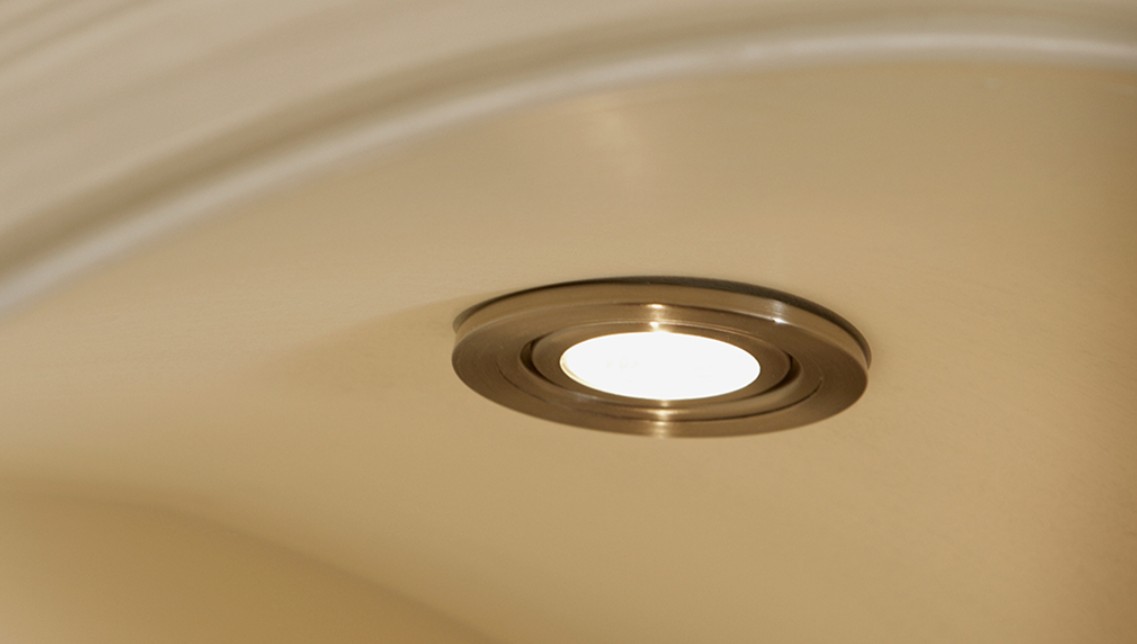In today’s volatile market, operational efficiency isn’t a luxury—it’s a necessity. As businesses face rising material costs, stricter sustainability mandates, and increased competitive pressure, process engineering is emerging as a powerful lever for long-term cost reduction. One of the most effective tools in this space? Process redesign.
In this blog, we explore how reengineering your processes—rather than simply maintaining or scaling them—can significantly reduce operational expenditure (OPEX) while improving quality, sustainability, and agility.
What Is Process Redesign?
Process redesign involves a structured, data-driven analysis and reconfiguration of your operations to eliminate inefficiencies, reduce waste, and unlock better performance. Unlike minor adjustments, it takes a step back to evaluate whether the current setup is fit for purpose—or whether it’s time for a more strategic transformation.
This could involve:
-
Modifying process flow or sequencing
-
Upgrading or replacing legacy equipment
-
Integrating automation and control systems
-
Redesigning for energy or material efficiency
-
Reallocating resources or layout adjustments
The OPEX Impact: Where Savings Are Found
Process redesign directly influences key OPEX drivers, including:
1. Energy Consumption
Inefficient processes often run longer, use outdated motors or heaters, and waste energy. By redesigning processes with energy efficiency in mind—through better heat integration, flow control, or insulation—companies can cut energy bills by 10–30% or more.
2. Labour & Downtime
Poorly structured workflows lead to unnecessary manual handling, inconsistent output, and more downtime. Redesigning to streamline workflows or incorporate automation can reduce labour costs while boosting throughput and consistency.
3. Material Waste
Overproduction, scrap, and off-spec product can quietly erode profitability. Process redesign enables tighter control over inputs and conditions, reducing rework and raw material loss.
4. Maintenance & Reliability
Legacy systems or overly complex processes result in frequent breakdowns and costly reactive maintenance. Redesigns often simplify systems and integrate predictive maintenance features, extending asset life and reducing emergency shutdowns.
Case Example: From Reactive to Resilient
A mid-sized chemical manufacturer approached us struggling with high energy bills and unpredictable downtime on a key production line. After a process audit, we redesigned their flow pattern to minimise heat loss and introduced automated flow control systems. The result?
-
22% reduction in energy costs
-
15% increase in throughput
-
50% reduction in unplanned downtime over 12 months
When to Consider Process Redesign
You don’t need to wait for a crisis. Redesign is most effective when:
-
Scaling production or launching a new product
-
Facing energy or waste cost pressures
-
Experiencing frequent equipment or quality issues
-
Pursuing sustainability or emissions targets
-
Planning capital upgrades or expansions
The Long-Term Value
Unlike short-term cost-cutting measures, process redesign delivers sustainable, structural improvements. It’s a proactive investment in operational resilience that pays off over time through lower costs, higher uptime, and improved compliance.
It also prepares your business for:
-
Digital transformation (Industry 4.0)
-
Sustainability reporting (Scope 1 & 2 emissions)
-
Flexible production in changing markets
Final Thoughts
Engineering-led process redesign is not just about making things faster—it’s about making them smarter, leaner, and more adaptable. The upfront investment is often modest compared to the ongoing savings in energy, materials, labour, and maintenance.
If your operations feel like they’re running harder just to keep up, it may be time to step back—and redesign forward.




